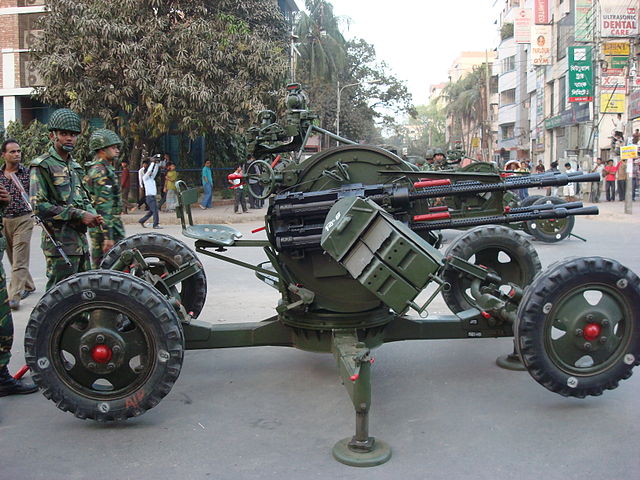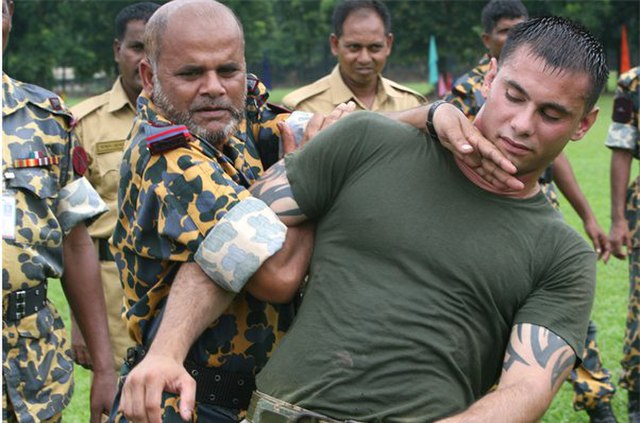The Bangladesh Rifles revolt was a mutiny staged on 25 and 26 February 2009 in Dhaka by a section of the Bangladesh Rifles (BDR), a paramilitary force mainly tasked with guarding the borders of Bangladesh. The rebelling BDR soldiers took over the BDR headquarters in Pilkhana, killing BDR director-general Shakil Ahmed along with 56 other army officers and 17 civilians. They also fired on civilians, held many of their officers and their families hostage, vandalised property and looted valuables. By the second day, unrest had spread to 12 other towns and cities. The mutiny ended as the mutineers surrendered their arms and released the hostages after a series of discussions and negotiations with the government. Prime Minister Sheikh Hasina, who returned to office less than two months before the revolt, was widely praised domestically and internationally for her handling of the mutiny. However some criticised her for not ordering an armed raid of the BDR Rifles compound. The Daily Star commended "her sagacious handling of the situation which resulted in the prevention of a further bloodbath".

Bangladesh Rifles revolt
14.5 mm ZPU-4 of Bangladesh Army positioned over Satmasjid Road, near Dhanmondi 8A road, pointing towards Pilkhana on 25 February 2009
An array of tanks waiting beside Abahani ground on 26 February 2009
Barricade over the Satmasjid Road near State University on 25 February 2009, as seen from the western end of Dhanmondi Road 27
The Border Guard Bangladesh (BGB) is a paramilitary force responsible for the border security of Bangladesh. The BGB is entrusted with the responsibility to defend the 4,427 kilometres (2,751 mi) border of Bangladesh with India and Myanmar. It was formerly known as the Bangladesh Rifles (BDR).
A Bangladesh Rifles Subedar (Senior warrant officer) (left in yellow/green outfit) applies a mechanical advantage control/hold to a United States Marine Corps soldier during a military training/exercise.
BSF and BGB
BGB personnel.
Dahgram BGB Check post sign.








